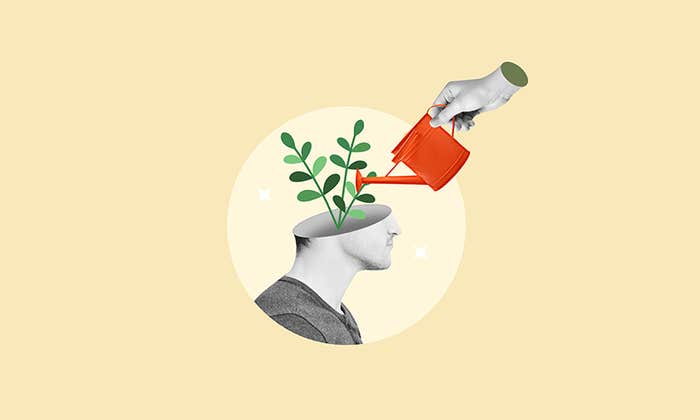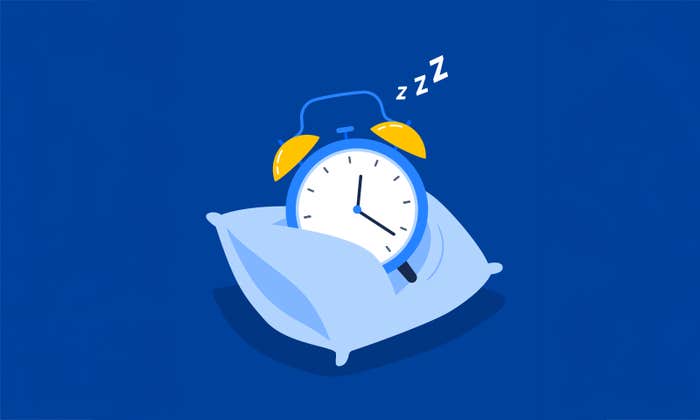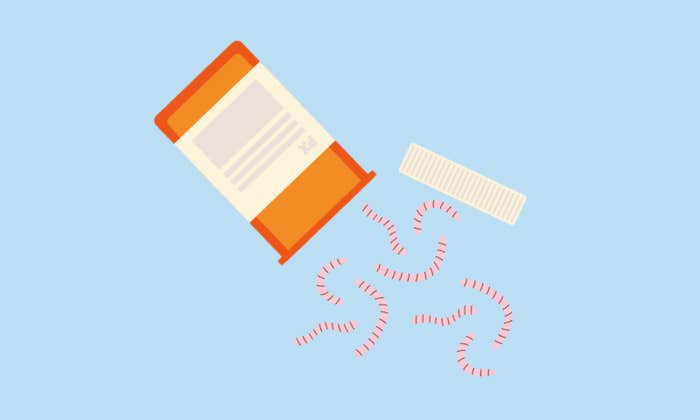Not since World War II has there been as great a threat to mental health as the current COVID-19 pandemic, according to Aiden James. The challenges to our mental health won’t “stop when the virus is under control and there are few people in hospital,” the president of the Royal College of Psychiatrists in the United Kingdom told The Guardian recently. “You’ve got to fund the long-term consequences.” With depression, anxiety, and substance abuse in the United States, and likely elsewhere, at record highs, that should not come as a surprise. At least antidepressants can be counted on to ameliorate some of the damage, right? Well, maybe not. Experts disagree strongly about how well our medications are helping. In 2018, New Scientist ran an article called “Nobody Can Agree About Antidepressants.”1
So what do we do? A theory of brain function, particularly involving serotonin, recently proposed by neuroscientists Robin Carhart-Harris and David Nutt, at Imperial College London, may point a way forward for effective treatment.2 The use of antidepressants has inadvertently left many of us less able to feel empathy toward others, laugh, cry, dream, and enjoy life just when we need those things the most: in the middle of a global pandemic.
When our mind wanders, sleeps, or is under anesthesia, for example, our neurons are still firing all over the place.
The good news is that the research coming out of Imperial College’s Research Center has shown some impressive results in reducing treatment-resistant depression using psychedelics, such as the psilocybin found in “magic mushrooms.” In a 2017 study, decreased depressive symptoms were observed in all 19 treatment-resistant individuals one week after their dose.3 Five weeks later, 47 percent still had reduced symptoms. What is equally exciting is that Carhart-Harris and his co-authors have been using functional magnetic resonance imaging on subjects during the process to show that the mechanism of action is directly related to the amplification of spontaneous cognitive fluctuations.4
Spontaneous brain fluctuations occur across all resting-state brain activity.5 When our mind wanders, sleeps, or is under anesthesia, for example, our neurons are still firing all over the place.6 Over time and through trauma, our spontaneous fluctuations can fall into negative resting-state patterns, like water rolls into a ditch. Antidepressants, such as serotonin uptake inhibitors, address this problem by cutting off water flow. Most work by reducing the functional connectivity of the “default mode network,” which is active when we mind-wander, daydream, self-reflect, worry, and ruminate. Unfortunately, this means that around 70 percent of people who take antidepressants report “emotional numbness” as a primary side effect.7 Prescription antidepressants, anti-anxiety agents, and even many sleeping pills interfere with REM sleep and dreaming. This is ironic since there is well-researched evidence that REM dreaming plays a vital role in regulating negative emotions and depression.8
Sleep researchers Antonio Zadra, Bob Stickgold, and Erin Wamsley showed, for example, that dreaming increases these fluctuations and improves how quickly test subjects could pass through a maze.9 When the subjects dreamt about the maze in any way, or dreamt about the music that played while they navigated the maze, they completed the maze the next day nine times faster than those who did not dream about the maze.
Neuroscientists have known about spontaneous fluctuations since the 1930s but never knew what to make of them. Researchers chalked the phenomenon up to “random background noise” and proceeded to focus on coding the more easily testable 2 to 3 percent of conscious brain activity, but now they recognize that cognitive fluctuations play a much more significant role and that their patterns aren’t random.6 In Consciousness and the Brain, French neuroscientist Stanislas Dehaene writes that “neurons not only tolerate noise but even amplify it.” Neurons work by amplifying cognitive fluctuations and even harness their noisiness to help generate novel solutions to complex problems. Cognitive fluctuations may be drawing us nearer to a paradigm shift where “noise is the new signal.”
Brain frequencies are how fast certain groups of neurons fire together. The frequencies of cognitive fluctuations form patterns that become “cross-coupled” into higher frequencies, around the beta (12 to 30 hertz) to gamma (30 to 180 hertz) range. As the slower waves, from infraslow (0.0001–0.1 Hertz) to theta (5 to 8 hertz), continually nest into faster ones and spread like an avalanche across various areas of the brain, we become aware that we are aware or “conscious.” That is, our thoughts are the results of syncopated patterns of noise that emerge like eddies from a turbulent stream.
For instance, if someone flashes an image on a screen in front of us for only 40 milliseconds, we will not consciously see it due to the frequency and propagation rate of conscious thought. If the image lasts 60 milliseconds, however, we will consciously see it. This is because there is time for these nested frequencies to spread out and become aware of the image. According to the neuroscientist and philosopher Georg Northoff, at the University of Ottawa, these cross-coupled frequencies eventually create metastable states of conscious awareness.10
Antidepressants have inadvertently left many of us less able to feel empathy when we need it most: in the middle of a global pandemic.
The study of these cognitive fluctuations is leading researchers to approach mental health treatment in new ways. Instead of trying to reduce spontaneous fluctuations with antidepressants, they are trying to increase them. This is counter-intuitive because spontaneous fluctuations and mind-wandering can also lead to depressive rumination and anxiety. The flux theory, however, is that these negative habits of thought can be disrupted by flooding the brain with spontaneous fluctuations. The disturbance loosens things up and allows us to change old habits.
If Northoff and Carhart-Harris are right, amplifying the noise might change our minds like shaking a snow-globe changes snow distribution. This is a good thing—such a good thing, in fact, that it is leading to some incredible breakthroughs in mental health science. Rolland Griffiths and Stephen Ross, at the NYU Langone Center of Excellence on Addiction, for example, gave 80 patients with life-threatening cancer in Baltimore and New York City psilocybin. More than three-quarters reported significant relief from depression and anxiety related to their fear of dying.11 These improvements remained even six months after the treatment and were related to the amplification of spontaneous fluctuations. Ross told Scientific American, “It is simply unprecedented in psychiatry that a single dose of a medicine produces these kinds of dramatic and enduring results.”12
Spontaneous fluctuations are a tool we should not underestimate. More Americans have died from COVID-19 than in World War II, and the numbers are likely to double before the end. Millions more are grieving the loss of their loved ones. Many COVID-19 “long-haulers” are also dealing with mental health issues related to the lasting effects of the disease. We need safe and reliable mental health solutions, and no tool should be left out of the toolbox. Getting plenty of REM sleep and dreams uninhibited by alcohol, ibuprofen, and cannabis can help, as can decriminalizing psilocybin, as several cities are doing, to make therapies more accessible. Even looking at natural fractals, like trees and plants, can contribute to flux therapy.13 Having a good theory about how spontaneous fluctuations work is the key to finding more treatments.
As the fear of illness and death consume the minds of many, the advances in this line of work offer some measure of comfort. They might just help us survive the COVID-19 aftermath.
Thomas Nail is a professor of philosophy at the University of Denver. Follow him on Twitter @xThomas_Nail.
References
1. Wilson, C. Nobody can agree about antidepressants: Here’s what you need to know. New Scientist (2018).
2. Carhart-Harris, R.L. & Nutt, D.J. Serotonin and brain function: A tale of two receptors. Journal of Psychopharmacology 31, 1091-1120 (2017).
3. Carhart-Harris, R.L., et al. Psilocybin for treatment-resistant depression: fMRI-measured brain mechanisms. Scientific Reports 7, 13187 (2017).
4. Carhart-Harris, R.L. The entropic brain—Revisited. Neuropharmacology 142, 167-178 (2018).
5. Northoff, G. The Spontaneous Brain: From the Mind-Body to the World-Brain Problem MIT Press, Cambridge, MA (2018); Raichle, M.E. The restless brain: How intrinsic activity organizes brain function. Philosophical Transactions of the Royal Society B 370, 20140172 (2015).
6. Fox, M.D. & Raichle, M.E. Spontaneous fluctuations in brain activity observed with functional magnetic resonance imaging. Nature Reviews Neuroscience 8, 700-711 (2007); Dehaene, S. Consciousness and the Brain: Deciphering How the Brain Codes Our Thoughts Viking Penguin, New York, NY (2014).
7. Read, J. & Williams, J. Adverse effects of antidepressants reported by a large international cohort: emotional blunting, suicidality, and withdrawal effects. Current Drug Safety 13, 176-186 (2018).
8. Scarpelli, S., Bartolacci, C., D’Atri, A., Gorgoni, M., & De Gennaro, L. The functional role of dreaming in emotional processes. Frontiers in Psychology 10, 459 (2019).
9. Zadra, A. & Stickgold, R. When Brains Dream: Exploring the Science and Mystery of Sleep W.W. Norton and Company, Inc., New York, NY (2021).
10. Northoff, G. The Spontaneous Brain: From the Mind-Body to the World-Brain Problem MIT Press, Cambridge, MA (2018)
11. Griffiths, R.R., et al. Psilocybin produces substantial and sustained decreases in depression and anxiety in patients with life-threatening cancer: A randomized double-blind trial. Journal of Psychopharmacology 30, 1181-1197 (2016).
12. Schiffman, R. Psilocybin: A journey beyond the fear of death? Scientific American (2016).
13. Taylor, R.P. The potential of biophilic fractal designs to promote health and performance: A review of experiments and applications. Sustainability 13, 823 (2021).
Lead image: Wanda Pelin Canila / Shutterstock


























